“I fell in love with Grenache wine at a barrel tasting in college. A guy brought in a sample from the first vintage of Grenache from his new vineyard in Ballard Canyon, Northern Santa Barbara County — now a hotbed for Rhône varietals. It was love at first sip.”
From San Ramon in the San Francisco Bay Area, Casey Graybehl founded The Grenachista, a boutique label and club that champions one of the most widely planted grapes in the world. His mission? To showcase Grenache wine in all its versatile, expressive glory — from bright, juicy reds to textured rosés and elegant whites.
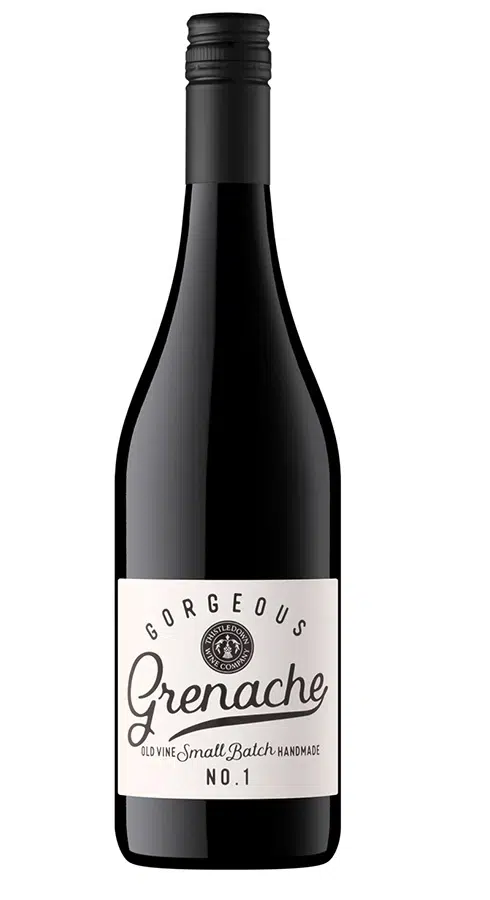 |
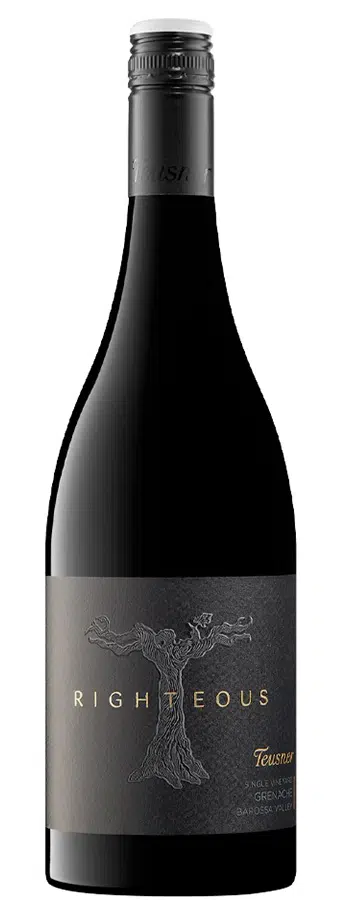 |
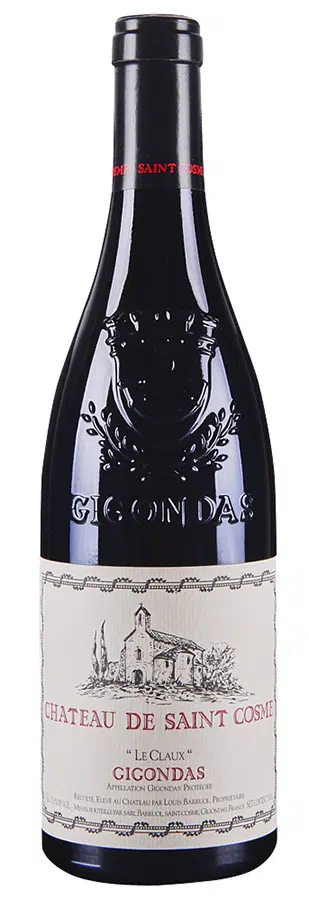 |
A Different Path for Grenache
As a former Cakebread Cellars winemaker and now Development Winemaker and Production Director at Obsidian Wine Co., Graybehl reflects:
“So many people were making single-vineyard Pinots and Chardonnays. I thought it would be cool to apply that model to Grenache. Not many people were making it as a standalone wine. Now the world is recognizing that Grenache can be truly lovely in its own right — not just part of a blend.”
This editorial passion positions Grenache as more than just a supporting actor in the wine world. It deserves to be the star.
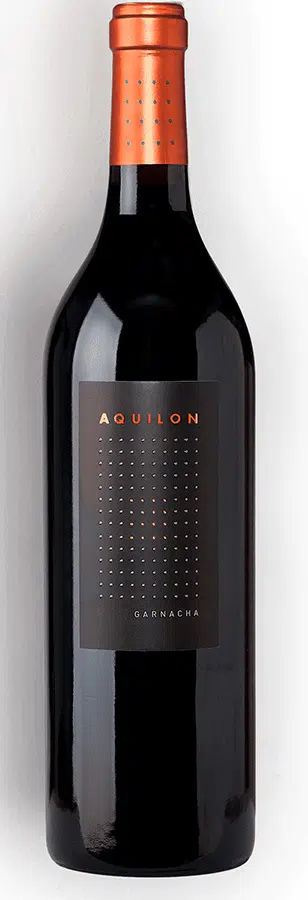 |
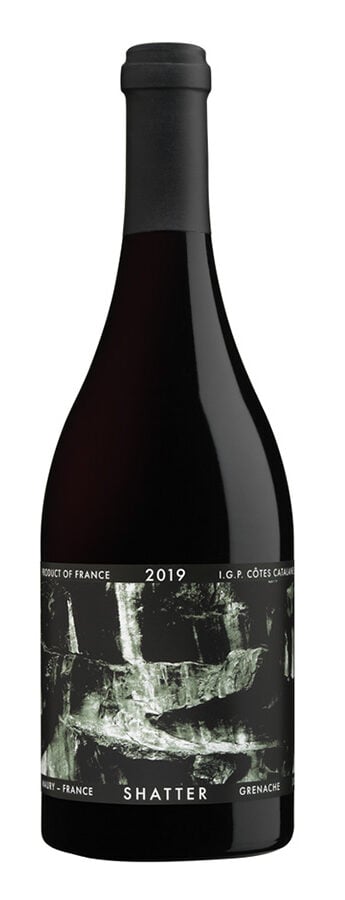 |
Becoming a Grenachista
So, how do you become a full-on Grenachista, a true devotee of Grenache wine and Garnacha?
-
By giving Côtes du Rhône and Rhône Villages wines more respect.
-
By having your own Grenache “epiphany” — perhaps courtesy of Rodney’s Vineyard in the Santa Ynez Valley.
-
By discovering other California expressions: Paso Robles, Hajdu, and Ballard Canyon Bouleguer, with labels featuring the artwork of the owner’s mother.
-
By tasting Oregon’s Grenaches, Washington State’s Red Heaven, or Columbia Valley Carbonic Grenache.
-
By exploring the French Roussillon Shatter Grenache Maury.
-
By enjoying Australia’s Thistledown Gorgeous Grenache or Teusner Righteous Grenache.
-
And, of course, by pouring Spanish Garnachas like Alto Moncayo, Aquilón, or Palacios Remondo La Montesa Crianza.
Grenache and Garnacha reward exploration. The variety delivers boysenberry, plum bramble, sweet and sour cherry, cracked pepper, oregano, cocoa powder, licorice, tobacco leaf, cinnamon, anise, garrigue, black tea, spice, kirsch-filled chocolate, violet petals, and even rosewater. Few wines bring such complexity — and they shine with game, lamb stew, or a simple backyard barbecue.
 Why Grenache Still Gets Overlooked
Why Grenache Still Gets Overlooked
Too often, Grenache (or Garnacha) is chosen only as a change from Syrah, Merlot, Pinot Noir, or Cabernet. At family gatherings, it’s sometimes used as camouflage — the herbaceous notes covering up a disappointing roast or cassoulet. When a full-bodied, supermarket-cheap Australian Grenache shows up at a dinner party, it’s often a sign the cook hasn’t really tried.
And yet, quality Grenache wine can be revelatory. For many, a bottle of Domaine du Vieux Télégraphe Châteauneuf-du-Pape is a holiday tradition, while Tavel rosé keeps palates refreshed until New Year’s Eve. Louis Barruol’s Châteauneuf-du-Pape Château de Saint Cosme Gigondas is among Graybehl’s favorite expressions.
Still, Châteauneuf-du-Pape isn’t all Grenache, just as Grenache isn’t all Châteauneuf-du-Pape.
Global Praise for Garnacha
Respected UK importer Bancroft Wines puts it this way:
“Whenever we come across a steadfast Pinot Noir drinker, we love to turn their attention to Grenache — or Garnacha as it’s known in Spain. There are many stunning wines offering incredible value. From the spicy, mineral wines of Sierra de Gredos to the structured mountain Garnachas of Aragón, there’s always something worth discovering. Palacios Remondo 2019 would be one of my recommendations.”
Grenache still battles an outdated reputation as “jug wine.” But serious bottles, like Berry Bros.’ Dom Gauby Grenache Blanc and Gris Coume Gineste 2018, or McLaren Vale’s Yangarra High Sands Old Vine Grenache, show just how nuanced this grape can be.
Australia’s Grenache Renaissance
Nowhere is Grenache’s revival more evident than in McLaren Vale. Vineyards planted in the 1940s, managed biodynamically, are producing some of the world’s most elegant Grenache wines. Yangarra, Hickinbotham Clarendon Vineyard, and Kangarilla all thrive on ancient, sandy dunes.
In the Barossa Valley, masters like Ian Hongell of Torbreck and Kevin Glastonbury of Yalumba honor Grenache’s deep heritage. Yalumba’s Tri-Centenary Vineyard, with vines planted in 1889, still yields grapes for their celebrated single-vineyard bottling — proof that Grenache deserves reverence alongside Shiraz and Cabernet.
The Future of Grenache Wine
Grenache was once considered a “workhorse” grape. Today, it’s stepping into the limelight as winemakers, critics, and drinkers recognize its beauty, versatility, and history.
Grenache is no longer just filler for blends — it is a global story of resilience, character, and rediscovery.
And for those who fall in love with it — as Casey Graybehl did — Grenache wine will always be love at first sip.

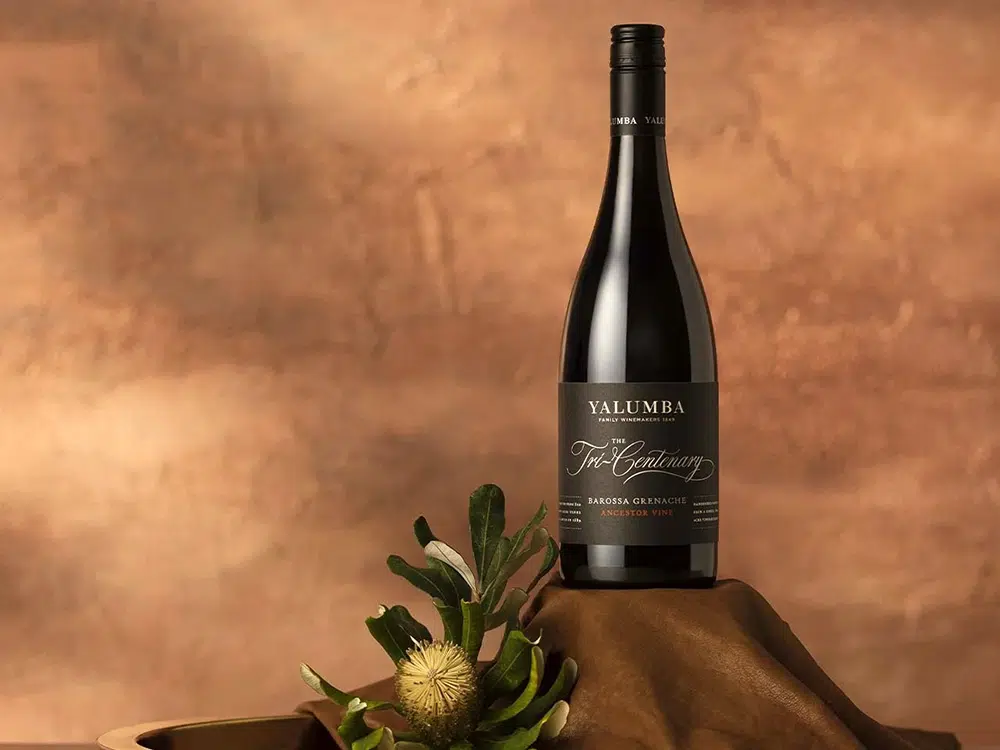
 Why Grenache Still Gets Overlooked
Why Grenache Still Gets Overlooked

